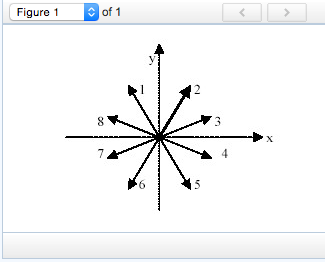EN PH131 Chapter 12: EN PH 131 12.5 Curvilinear Motion - Rectangular Components
34 views2 pages
21 Apr 2016
School
Department
Course
Professor

47
EN PH131 Full Course Notes
Verified Note
47 documents
Document Summary
If the particle is at a point (x, y, z) on the curved path s shown in the below figure, then its location is defined by the position vector. The first time derivative of r yields the velocity of the particle. When taking this derivative, you need to account for changes in both the magnitude and direction of each of the vector"s components. E. g. the derivative of the i component of r is: The second term on the right side is zero, provided the x, y, z reference frame is fixed, and therefore the direction (and the magnitude) of i does not change with time. Differentiation of the j and k components may be carried our similarly: The dot notation represents the first time derivatives of x = x(t), etc. The velocity has a magnitude that is found from: And direction is specified by the unit vector uv = v/v. This direction is always tangent to the path.
Get access
Grade+
$40 USD/m
Billed monthly

Homework Help
Study Guides
Textbook Solutions
Class Notes
Textbook Notes
Booster Class
10 Verified Answers
Class+
$30 USD/m
Billed monthly

Homework Help
Study Guides
Textbook Solutions
Class Notes
Textbook Notes
Booster Class
7 Verified Answers




















